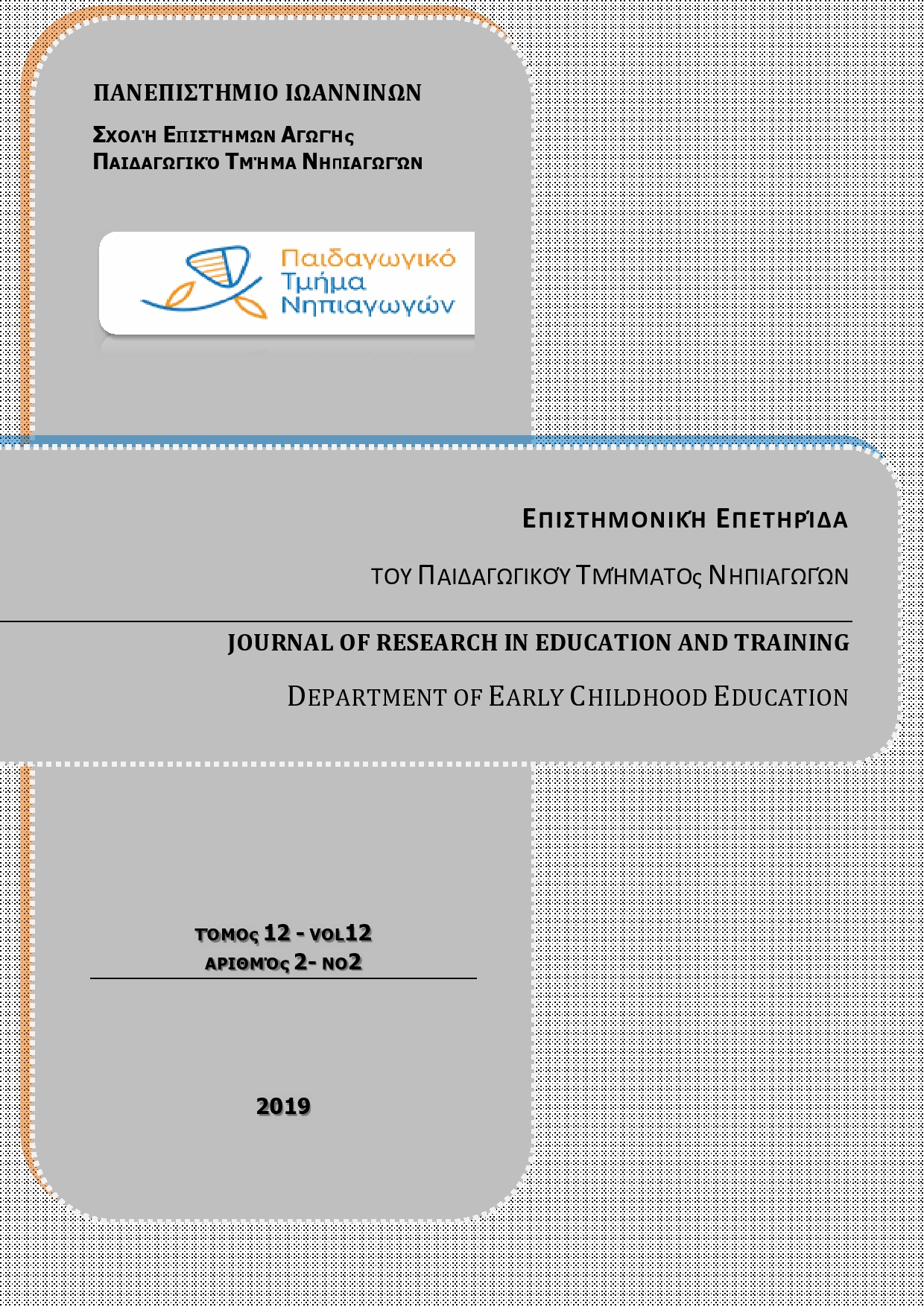The representation of childhood in the theatrical texts of the children's magazine Pharos of Constantinople (1909-1912)

Abstract
At the beginning of the 20th century, the Greek press plays an important role for the survival of the Hellenism of Constantinople. In particular, the texts published in the children's periodical press help to strengthen the national consciousness of children and young people in order to preserve language, religion and national ideals. Pharos (Lighthouse), an illustrated magazine for children and adolescents, was published in Constantinople by Tomaso A. Depasta. The magazine follows the standards of the Athenian children's magazine I Diaplasis ton Paidon (Children’s Guidance). On the pages of Pharos the presence of theatrical plays for children is important. Through these theatrical texts matters that concern the education of young children are brought out. After all, during the period under consideration, children’s theatre is not perceived as a separate and independent art form, but as a means for education and guidance, one of many. That is why the themes of the theatrical plays that concern the playwrights, who are also pedagogues, are turning to love for country, faith in God, while there are many that aim to cultivate devotion to the family and the formation of virtuous citizens. Young children, with their virtues and shortcomings, provide the opportunity to write plays with a strong didactic character.
Article Details
- How to Cite
-
Παλαιολόγου Χ. (2019). The representation of childhood in the theatrical texts of the children’s magazine Pharos of Constantinople (1909-1912). Journal of Research in Education and Training, 12(2), 135–153. https://doi.org/10.12681/jret.19081
- Issue
- Vol. 12 No. 2 (2019)
- Section
- Articles

This work is licensed under a Creative Commons Attribution-NonCommercial-ShareAlike 4.0 International License.
Authors who publish with this journal agree to the following terms:
- Authors retain copyright and grant the journal right of first publication with the work simultaneously licensed under a Creative Commons Attribution Non-Commercial License that allows others to share the work with an acknowledgement of the work's authorship and initial publication in this journal.
- Authors are able to enter into separate, additional contractual arrangements for the non-exclusive distribution of the journal's published version of the work (e.g. post it to an institutional repository or publish it in a book), with an acknowledgement of its initial publication in this journal.
- Authors are permitted and encouraged to post their work online (preferably in institutional repositories or on their website) prior to and during the submission process, as it can lead to productive exchanges, as well as earlier and greater citation of published work (See The Effect of Open Access).


